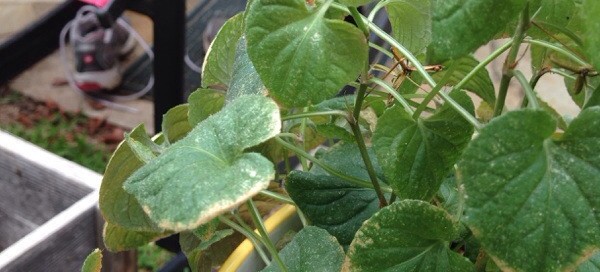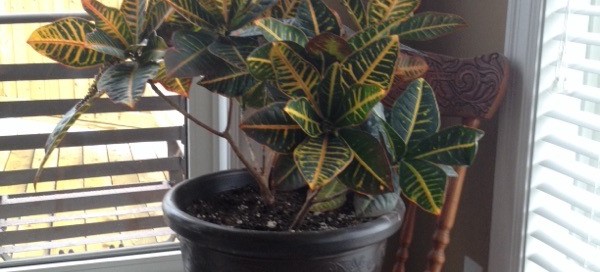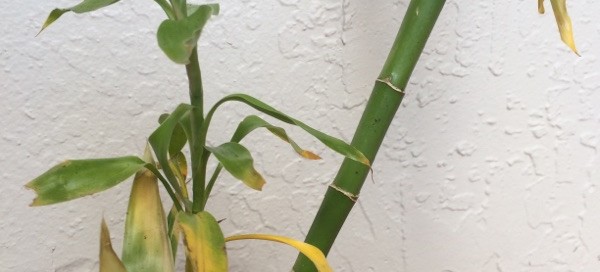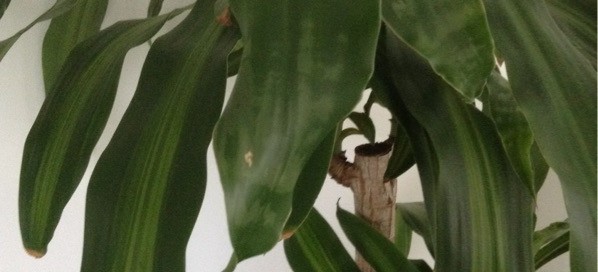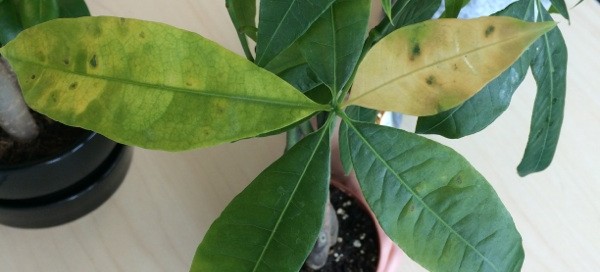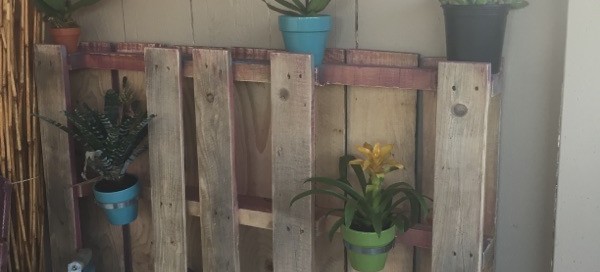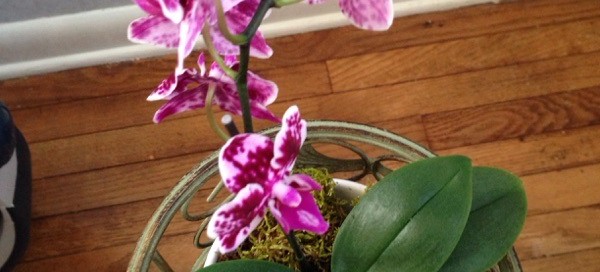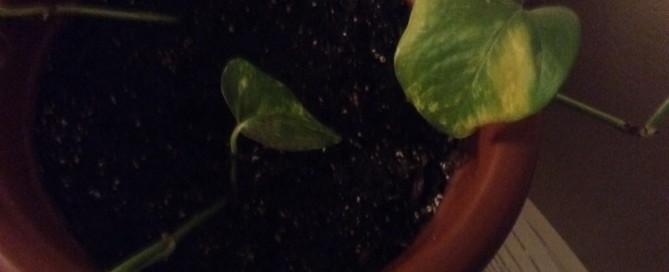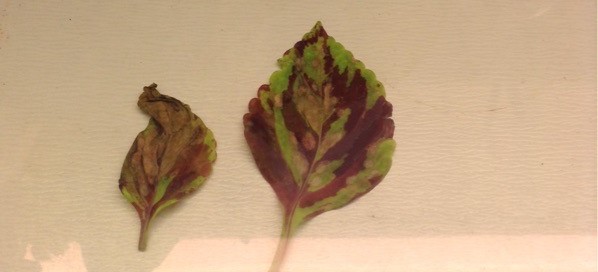Brown Edges
We are not entirely certain what is wrong here but there are two things to consider. One, house plants that are watered too often, or with poor drainage, or are over fertilized, often show the pattern that is on your plant. Water only when the soil is dry to the touch, never fertilize more than once a month and then only lightly, and be double sure the drainage is excellent and there is no water ponding around the roots.
Two, if your water has high salt content, or high floride or chlorine content, house plants can show this kind of edge burning on the leaf. If you suspect this is the problem, simply let the water you plan to use for watering sit overnight before you apply it to the plant.
Suggest you may also want to consult a local nursery for more detailed information.
